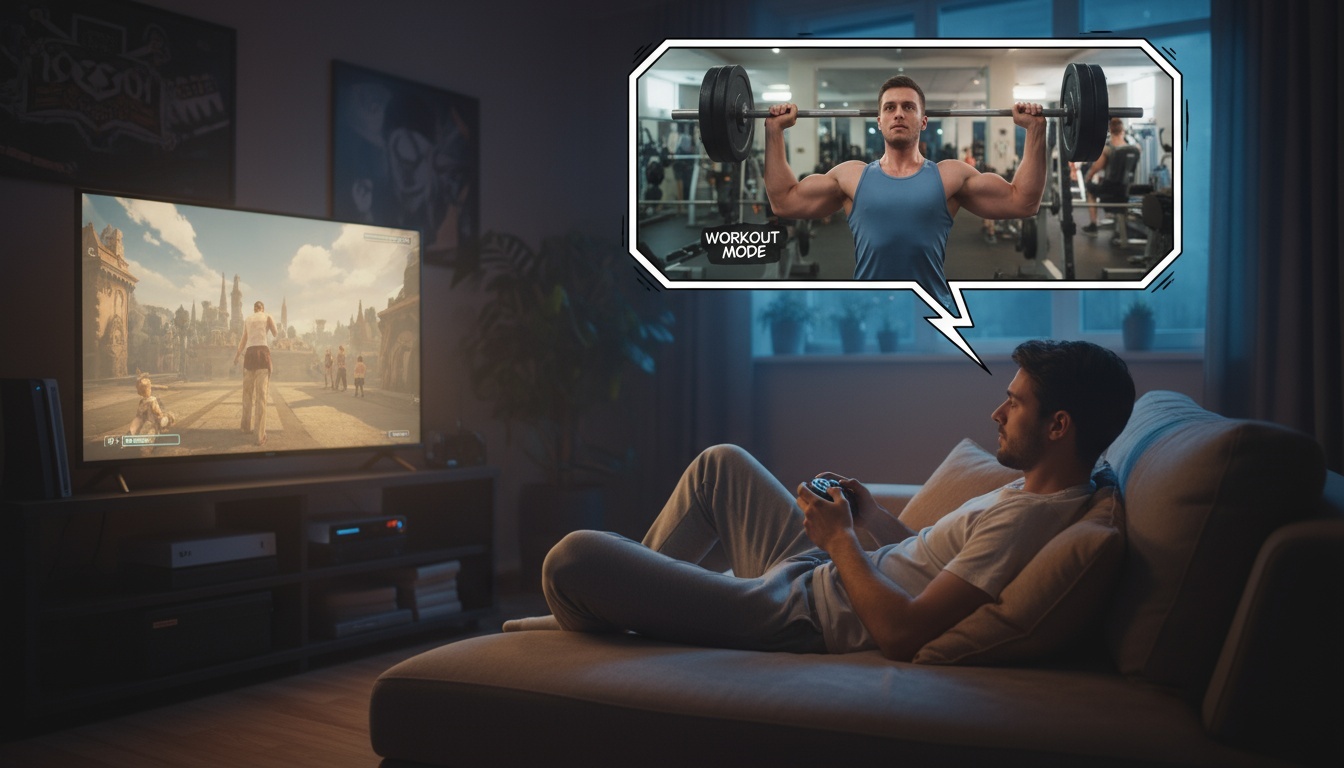Your product team analyzed feedback from your latest user interviews. Everyone said the new feature was exactly what they needed. Priority number one. Can't live without it.
Six months later, adoption is at 11 percent and falling.
This isn't a story about users lying or research failing. It's a story about a fundamental misunderstanding of how people work.
The Gap Between Words and Actions - the Say-Do Gap
Here's what happens in every research session, focus group, and user interview: People tell you what they think they'll do. What they believe they should do. What sounds reasonable when they're sitting across from you, trying to be helpful.
They're not lying. They're doing their best to predict their own future behavior, and they're terrible at it.
Research on stated versus revealed preferences shows a persistent pattern across industries. When asked hypothetically, people systematically overestimate their likelihood of taking action. They'll say yes to upgrades they won't purchase. Commit to features they won't use. Express enthusiasm for changes they'll later resist.
Survey methodologists have terms for this: social desirability bias, hypothetical bias, the attitude-behavior gap. The labels vary, but the pattern holds. What people tell you and what people do are often miles apart.
This Should Be Obvious, Except It's Not
The discrepancy shows up everywhere once you know to look for it.
People say they'll work out three times a week. Gym attendance data tells a different story.
Employees say they read company announcements. Analytics show most emails unopened.
Customers say price isn't their main concern until it's time to enter a credit card number.
The gap between intention and action is so well-documented it's almost mundane.
Except here's what makes it fascinating: That gap contains your most valuable insights.
What the Say-Do Gap Reveals
When someone says they'd use a feature but then doesn't, you might feel that they are wasting your time. But the opposite is true - they're showing you something crucial about their lived reality.
The constraints that matter to them. The friction they didn't anticipate. The social or organizational dynamics that trump their stated preferences. The story they need to tell themselves about their choices.
Consider: Someone says they want more automation in their workflow. Later, they stick with the manual process. That's not contradictory data, it's revealing data.
Maybe automation feels like admitting they're not good at their job. Maybe their boss values hands-on work. Maybe they've been burned by automation before. Maybe they need the sense of control. Understanding this is the beginning of insight.
The articulated intention and the behavior together map the terrain they're navigating. Competing priorities, unspoken concerns, identity maintenance, organizational realities.
Traditional research treats this gap as measurement error. But what, and hear me out here, what if it's the signal?
How Digital Twins Help You Explore the Say-Do Gap
If the say-do gap contains your most valuable insights, you need a way to explore it systematically. Ask Ditto's digital twins are designed specifically for this terrain.
Traditional research gives you one side of the equation: what people say in interviews. Behavioral data gives you the other side: what people do. But the gap between them—where the real insight lives—remains unexplored.
Digital twins let you map that gap at scale.
Exploring the "why" behind the gap. When a digital twin expresses enthusiasm for a feature but then surfaces concerns, you're not seeing contradictory data. You're seeing the cognitive landscape they navigate. The competing priorities. The unspoken constraints. The identity considerations. The social dynamics that make a decision feel risky versus obvious.
Testing across different contexts and constraints. You can explore how the same stated preference plays out under different circumstances. What happens when budget is tight versus flush? When the decision-maker has to justify the choice to their boss? When they're talking to a peer versus thinking privately? The gap shifts based on context, and understanding those shifts is where strategy lives.
Mapping the terrain before you commit resources. Rather than launching based on stated enthusiasm from focus groups, you can explore the full possibility space of reactions, objections, and reasoning patterns. Where does the gap between intention and action get wider? What constraints matter most? What narratives bridge the gap versus widen it?
Population-level calibration means real patterns. Ask Ditto's digital twins aren't generic AI giving diplomatic answers. They're calibrated to match demographic, psychographic, and behavioral patterns of real consumer populations. When they surface a concern that conflicts with their stated preference, it reflects how real people with those characteristics reason through decisions.
The goal isn't to eliminate the say-do gap. It's to understand it well enough that you can design around it, message into it, and recognize which constraints you can address versus which ones you need to accept.
